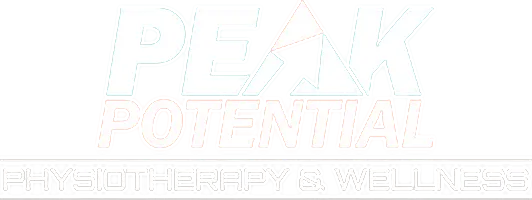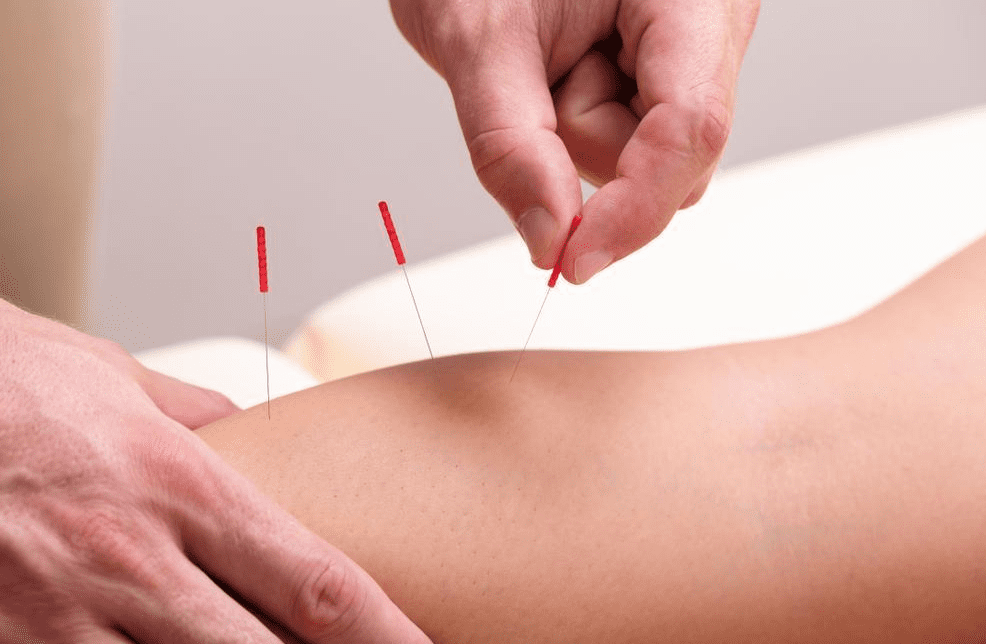You finally booked that dry needling appointment to relieve stubborn muscle pain or tension—only to feel even worse the next day.
Now you’re wondering:
“Is this normal?”
“Did something go wrong?”
“Should I be worried?”
If your pain feels worse after dry needling, you’re not alone—and it doesn’t necessarily mean the treatment failed. At Peak Potential Physiotherapy & Wellness, we frequently reassure patients that some discomfort after needling is part of the process. But it’s also important to know when pain is a red flag.
In this guide, we’ll explain why pain sometimes increases temporarily after dry needling, when it’s part of the healing response, and when it’s time to seek follow-up care.
Understanding How Dry Needling Works
Dry needling is a specialized technique where a trained physiotherapist inserts ultra-thin needles into myofascial trigger points—hyper-irritable knots in the muscle tissue. This helps:
-
Release tight muscle bands
-
Reduce pain signals
-
Improve blood flow
-
Restore muscle function and mobility
But here’s what many people don’t realize: dry needling stimulates a healing response by creating a tiny controlled “micro-injury.” This prompts your body to respond with increased blood flow, immune activity, and muscle repair.
This is why some people experience:
-
Soreness
-
Deep aching
-
Mild swelling or fatigue
…for 24 to 48 hours after treatment.
This isn’t a setback—it’s often a sign that the treatment is working.
Common Reasons Why Pain Feels Worse After Dry Needling
While most people feel looser or more mobile within a few hours, others report discomfort that can last up to 2–3 days. Here’s why:
1. Normal Post-Treatment Soreness
-
Similar to delayed onset muscle soreness (DOMS) after a tough workout
-
Muscle fibers are being “reset” and reconditioned
-
More likely if it’s your first session or the area was very tight
2. Trigger Point Irritation
-
If a deep knot was aggressively treated, it may feel bruised or “activated” for 24–72 hours
-
This sensitivity is usually short-term and fades with rest and hydration
3. Inflammatory Response
-
Local inflammation is part of tissue repair
-
Increases circulation and cellular healing
-
Can create a temporary sensation of tightness or pressure
4. Incorrect Activity Post-Treatment
-
Overexerting yourself right after a session (working out, lifting, etc.) can worsen soreness
-
Ignoring post-treatment care instructions can delay healing
In most cases, mild to moderate soreness is expected—and manageable with proper care.
Diagnosis – When Is Post-Needling Pain a Concern?
While temporary discomfort is normal, persistent or severe pain isn’t. It’s important to understand the difference.
Signs That Your Pain Is Normal:
-
Deep muscle ache that fades within 48 hours
-
Slight fatigue or heaviness in the treated area
-
Increased mobility despite some soreness
-
No sharp, burning, or radiating pain
Signs You Should Contact a Professional:
-
Pain that increases after 48–72 hours
-
Sharp or shooting nerve pain
-
Numbness or tingling
-
Swelling or warmth that worsens over time
-
Dizziness or nausea after treatment
-
Pain that limits walking, lifting, or daily function
At Peak Potential Physiotherapy & Wellness, we always encourage patients to check in after treatment—especially if something feels off. Our goal is to adjust your plan if needed and ensure your recovery stays on track.
Treatment Options – What to Do If Pain Gets Worse After Dry Needling
If you’re experiencing increased discomfort after dry needling, here’s what we recommend:
1. Apply Heat
-
A warm compress or hot bath promotes blood flow and reduces stiffness
-
Avoid ice unless specifically instructed (cold can restrict healing in some cases)
2. Gentle Movement
-
Light walking or mobility exercises can help flush out inflammation
-
Avoid intense workouts for at least 24 hours post-needling
3. Hydrate and Rest
-
Your body needs water and sleep to complete tissue repair
-
Avoid alcohol or inflammatory foods right after treatment
4. Topical Relief
-
Magnesium lotion or arnica cream can soothe localized soreness
5. Follow-Up Treatment
-
Sometimes the area needs multiple sessions to fully release
-
Additional techniques like manual therapy, cupping, or guided stretching can support recovery
If your pain feels unusually intense, don’t push through it. A quick check-in with your therapist can make all the difference.
Prevention Tips – How to Avoid Increased Pain After Future Sessions
At Peak Potential, we want you to feel better—not worse—after every session. Here’s how to set yourself up for success:
-
Communicate during treatment: Let your therapist know if a muscle feels too tender or reactive
-
Follow post-care instructions closely: including hydration, movement, and rest
-
Gradually return to activity: Don’t jump into a heavy gym session right after dry needling
-
Build muscular balance: Incorporate exercises to strengthen the treated area and reduce overcompensation
-
Be patient: Sometimes your body just needs time to adjust to the changes happening below the surface
Your response to dry needling is unique—and part of a bigger picture. We help you interpret it the right way.
Let’s Get You Back on Track — The Right Way
If your pain feels worse after dry needling, don’t panic. In many cases, it’s a short-lived phase in a much bigger healing process. But if the pain persists, feels sharp or unusual, or limits your daily life—it’s time to speak with an expert.
At Peak Potential Physiotherapy & Wellness, we tailor every dry needling session to your condition, pain tolerance, and goals. We take the time to educate, adjust, and guide you through your recovery journey—with no guesswork.
Book a consultation today and get expert guidance for your dry needling recovery.
Let’s turn pain into progress—safely, effectively, and with your long-term health in mind.


